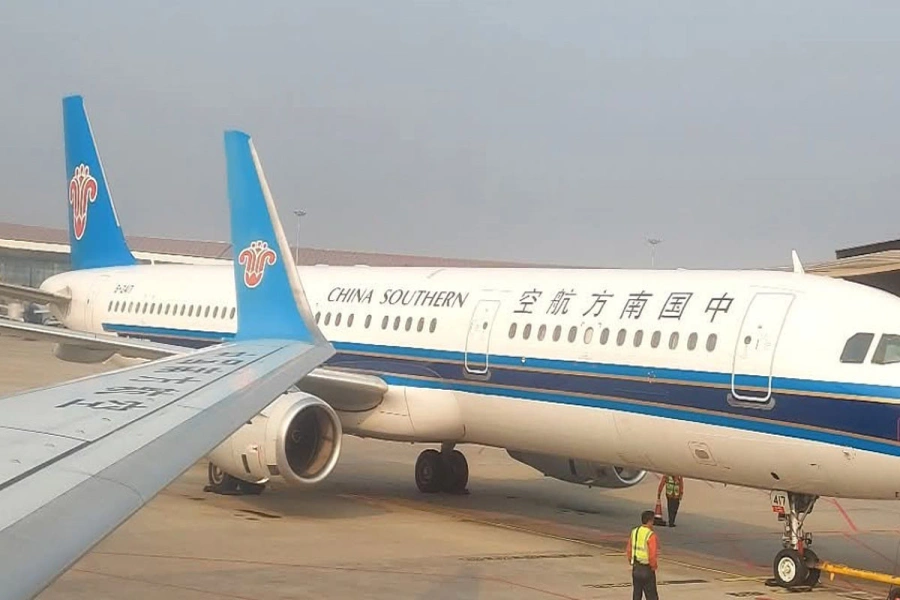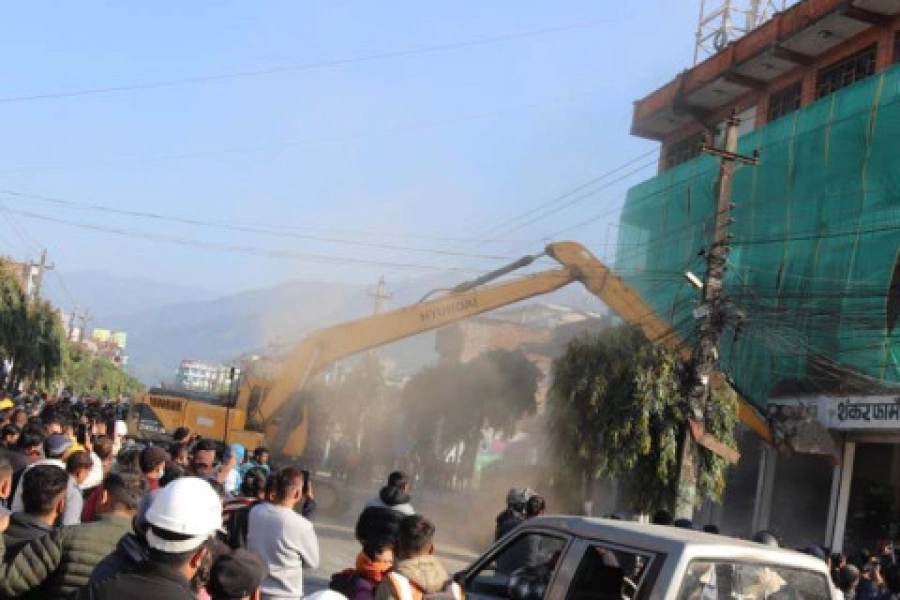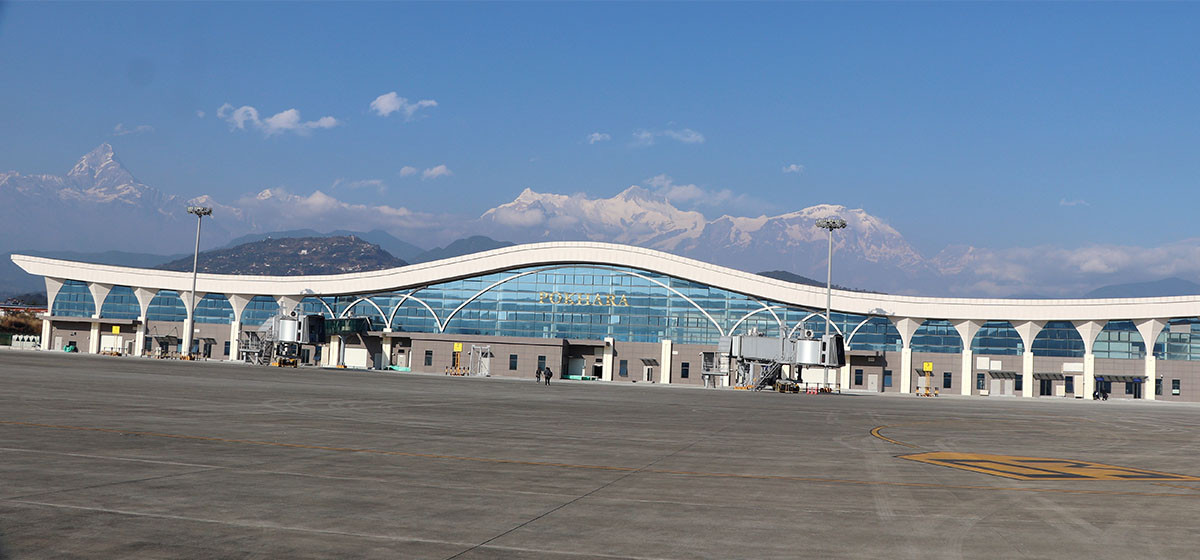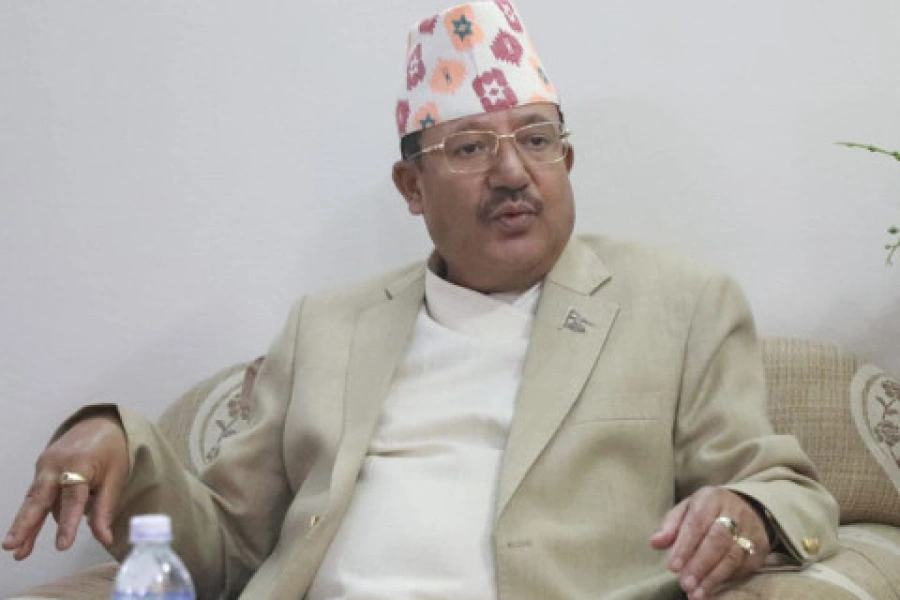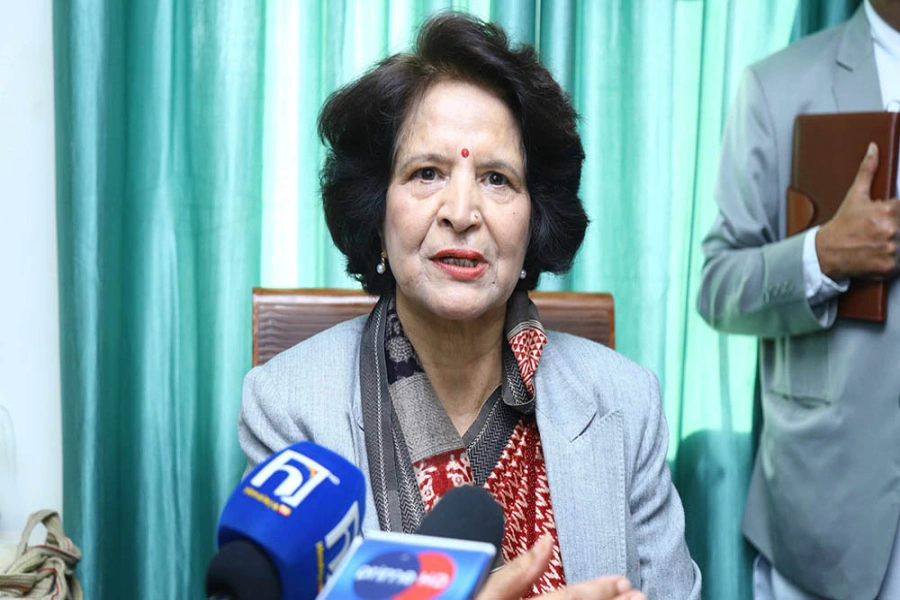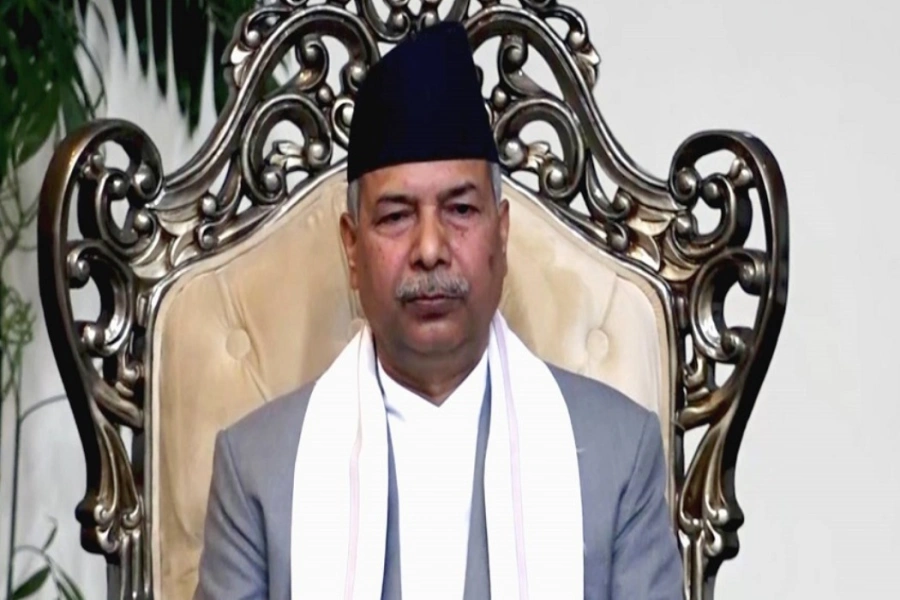POKHARA, Jan 26: Buddha Air had been running 12 flights per day between Pokhara and Kathmandu up until two weeks ago. The flight occupancy rate on all of those flights was 70 to 80 percent. The seats were almost completely full on holidays. The issue was the same on Yeti Airlines' aircraft. Yeti was operating up to six flights each day on the Pokhara-Kathmandu route. Besides the two companies, Shree Airlines and Guna Air were also operating flights to and from Pokhara.
However, the number of passengers fell sharply after a Yeti Airlines ATR 72-500 series plane crashed in Pokhara on January 15, killing all 72 people on board, including four crew members and passengers. Not only has the number of passengers dropped, but the number of flights has also halved, according to the airline companies.
Tourism entrepreneurs say that the upcoming tourist season in Pokhara begins in February and lasts until April. The main season is typically from September to November. Due to the recent air crash that may have negatively impacted perceptions of travelers, the number of passengers and flights has reportedly decreased by half, according to officials of the airline industry.
GBIA records 115 flights, serves 6,500 passengers in February

Gautam Baral, the station manager of Buddha Air in Pokhara, stated that before the accident, the airline was operating 12 regular flights between Pokhara and Kathmandu, as well as regular flights to other destinations such as Bhairahawa, Nepalganj, and Bharatpur.
These flights were usually well-booked with passengers. However, Baral reported that currently, only about half of the seats on these flights are occupied. The number of flights has also decreased, with only 8 flights per day on the Pokhara-Kathmandu route.
The spokesperson for Yeti Air, Sudarshan Bartaula, also acknowledged that the accident has had a negative impact on their business. He stated that prior to the crash, the airline operated six regular flights per day on the Pokhara-Kathmandu route and the number of passengers was good. However, since the accident, the number of passengers has decreased and the number of flights has been reduced to only three per day. Bartaula believes that it will take some time for the situation to improve.
Tourism entrepreneurs are also worried about air accidents. Businessmen say that the accident has created panic among air passengers. Tikaram Sapkota, a former member of the tourism board, says, "Due to the negative message about air travel, there are no passengers, and the number of air passengers has decreased significantly after the accident.”
The air crash has had a significant impact on the tourism industry. The former member of the tourism board, Tikaram Sapkota, said that the accident has caused a negative perception of air travel and created distrust in it. As a result, the number of passengers on the Pokhara route has decreased significantly and it has affected the entire tourism sector.


-1200x560_20230115125633.jpg)


